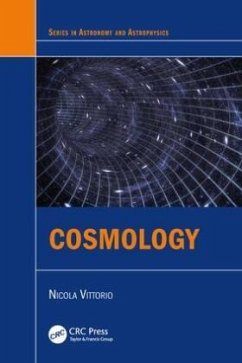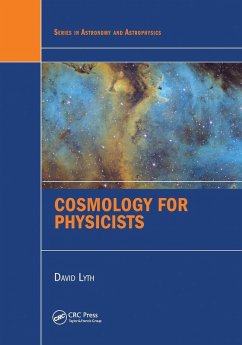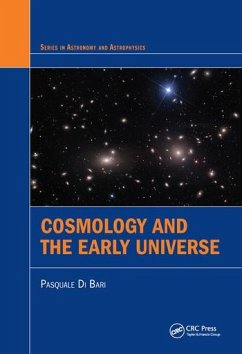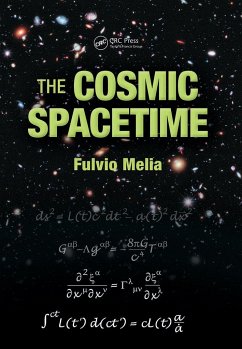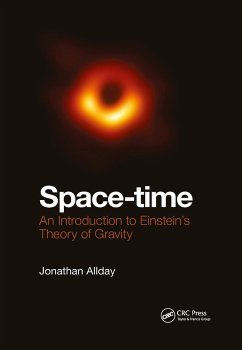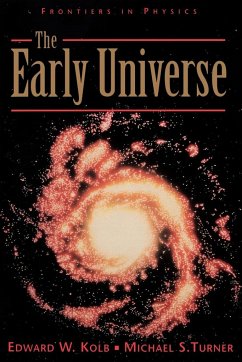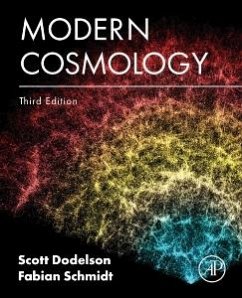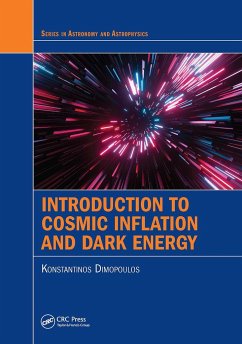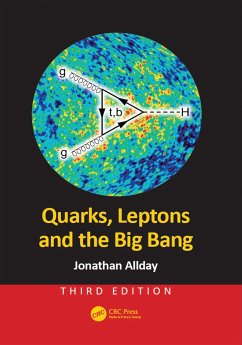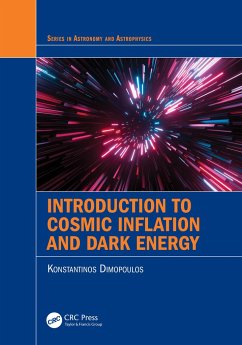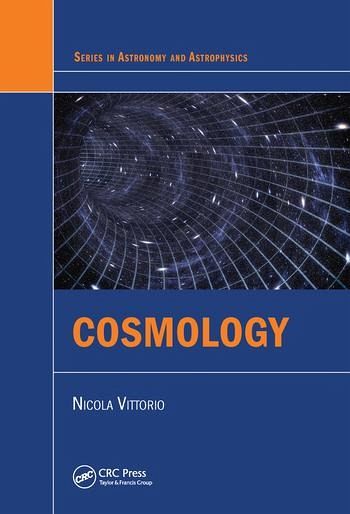
Cosmology
Versandkostenfrei!
Versandfertig in 6-10 Tagen
51,99 €
inkl. MwSt.
Weitere Ausgaben:

PAYBACK Punkte
26 °P sammeln!
Modern cosmology has changed significantly over the years, from the discovery to the precision measurement era. The data now available provide a wealth of information, mostly consistent with a model where dark matter and dark energy are in a rough proportion of 3:7. The time is right for a fresh new textbook which captures the state-of-the art in cosmology.Written by one of the world's leading cosmologists, this brand new, thoroughly class-tested textbook provides graduate and undergraduate students with coverage of the very latest developments and experimental results in the field. Prof. Nico...
Modern cosmology has changed significantly over the years, from the discovery to the precision measurement era. The data now available provide a wealth of information, mostly consistent with a model where dark matter and dark energy are in a rough proportion of 3:7. The time is right for a fresh new textbook which captures the state-of-the art in cosmology.
Written by one of the world's leading cosmologists, this brand new, thoroughly class-tested textbook provides graduate and undergraduate students with coverage of the very latest developments and experimental results in the field. Prof. Nicola Vittorio shows what is meant by precision cosmology, from both theoretical and observational perspectives.
This book is divided into three main parts:
Part I provides a pedagogical, but rigorous, general relativity-based discussion of cosmological models, showing the evidence for dark energy, the constraints from primordial nucleosynthesis and the need for inflation
Part II introduces density fluctuations and their statistical description, discussing different theoretical scenarios, such as CDM, as well as observations
Part III introduces the general relativity approach to structure formation and discusses the physics behind the CMB temperature and polarization pattern of the microwave sky
Carefully adapted from the course taught by Prof. Vittorio at the University of Rome Tor Vergata, this book will be an ideal companion for advanced students undertaking a course in cosmology.
Features:
Incorporates the latest experimental results, at a time of rapid change in this field, with balanced coverage of both theoretical and experimental perspectives
Each chapter is accompanied by problems, with detailed solutions
The basics of tensor calculus and GR are given in the appendices
Written by one of the world's leading cosmologists, this brand new, thoroughly class-tested textbook provides graduate and undergraduate students with coverage of the very latest developments and experimental results in the field. Prof. Nicola Vittorio shows what is meant by precision cosmology, from both theoretical and observational perspectives.
This book is divided into three main parts:
Part I provides a pedagogical, but rigorous, general relativity-based discussion of cosmological models, showing the evidence for dark energy, the constraints from primordial nucleosynthesis and the need for inflation
Part II introduces density fluctuations and their statistical description, discussing different theoretical scenarios, such as CDM, as well as observations
Part III introduces the general relativity approach to structure formation and discusses the physics behind the CMB temperature and polarization pattern of the microwave sky
Carefully adapted from the course taught by Prof. Vittorio at the University of Rome Tor Vergata, this book will be an ideal companion for advanced students undertaking a course in cosmology.
Features:
Incorporates the latest experimental results, at a time of rapid change in this field, with balanced coverage of both theoretical and experimental perspectives
Each chapter is accompanied by problems, with detailed solutions
The basics of tensor calculus and GR are given in the appendices





